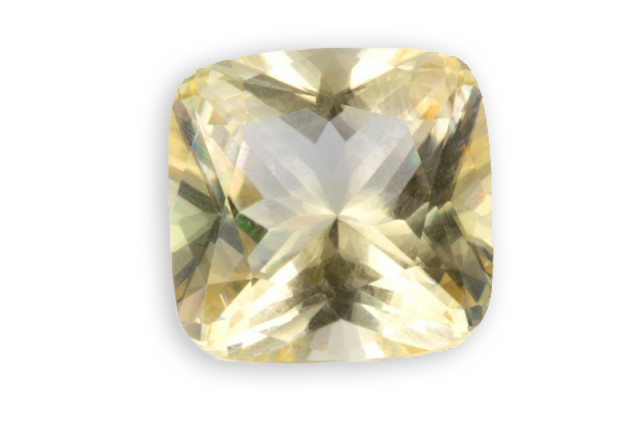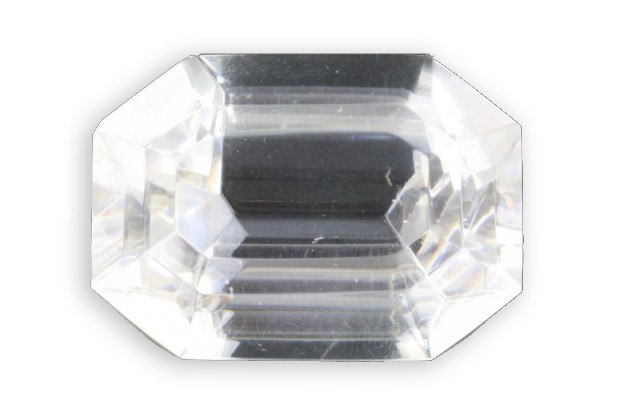
carbonates
Je vous emmène à travers mes vidéos découvrir mon expérience acquise depuis plus de 30 ans a silloner le globe entier à la recherche de pierres précieuses, de rencontre mémorables mais aussi de difficulté parfois …
actualités
Categories

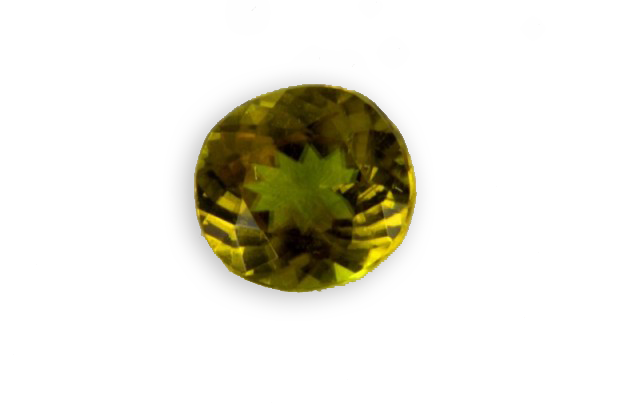
bastnaesite
It takes its name from the mine Bastnas Riddarhyttan in Vastmanland in Sweden where it was discovered. There are three varieties of bastnaesite based on the predominant “rare earth element” (rare metallic chemical elements) in it. Here lanthanum is the dominating but also cerium can
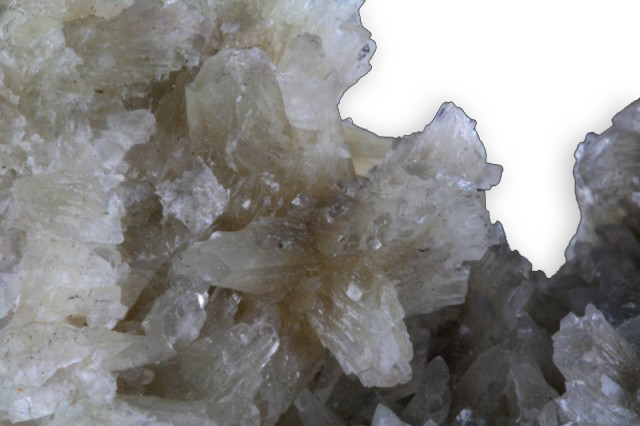
barytocalcite
Discovered in 1824 in England, it was named after its composition, it contains barium as much as barite and it is a carbonate (calcium, as calcite, but with the addition of barium).
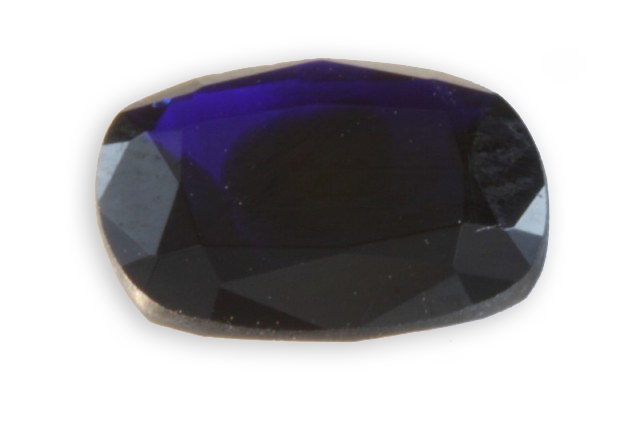
azurite
Discovered in 1824 by Beudant Chessy-les-Mines in France, azurite takes its name from its azure blue. It has been known since antiquity, it is a copper carbonate, which effervesces with acids. It is often associated with malachite, green, in copper deposits, as azurite turns into
